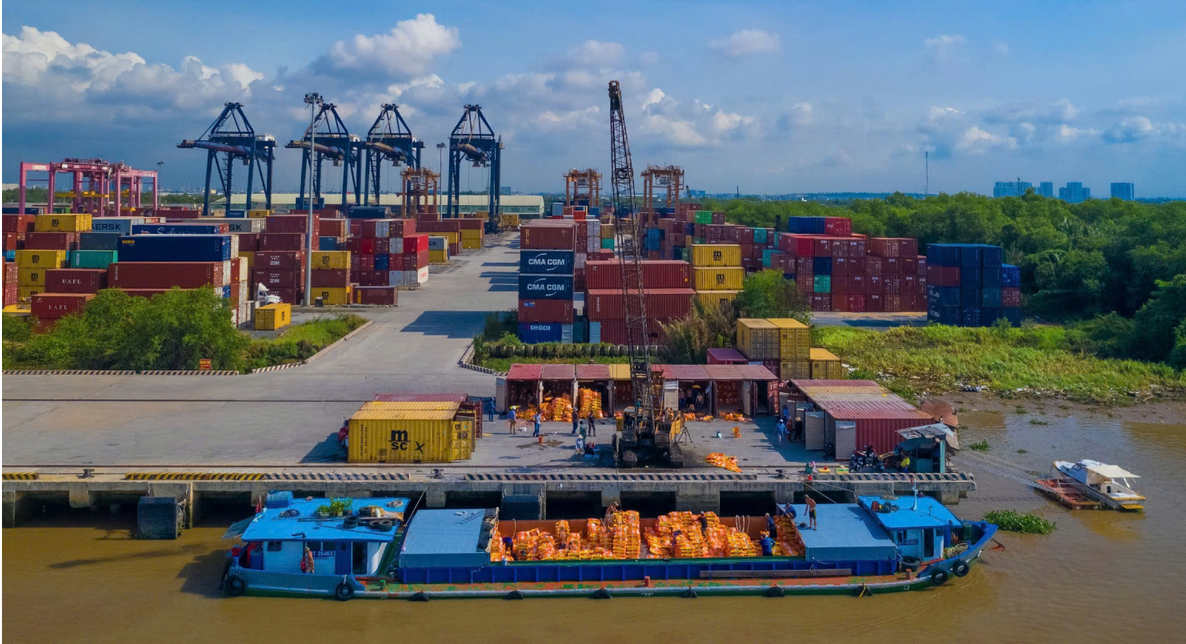
24/06/2022
The 33rd annual SoL report is produced annually for the Council of Supply Chain Management Professionals (CSCMP) by the global consulting firm Kearney and presented by Penske Logistics.
It attempts to deliver a snapshot of the American economy through the lens of the logistics sector and its role in overall supply chains. The report is a rigorous compilation of leading logistics intelligence from around the world and shines a spotlight on industry trends and key insights on ever evolving supply chains across a number of sectors.

Here are some major findings from the latest SoL report:
Business inventories dropped to near historic lows, but the costs associated with storing, handling and financing these items rose considerably. Inventory-carrying costs rose by 25.9% in 2021, and transportation costs jumped 21.7%. This led to “uneven” supply chains, the report said, and inconsistent product availability for consumers (both in-person and online);
Efforts to increase multi-shoring are expected to accelerate. Companies are seeking to have operations move closer to the U.S. to respond quicker to fluctuating market demands;
Last year’s SoL report noted the effects of the pandemic on the supply chain. The residual challenges of the pandemic remain, with some disruptions continuing to deliver damaging effects on capacity;
Last-mile delivery volume is trending upward. The 2022 report notes that e-commerce sales grew 10% last year (to $871 billion), accounting for 14% of U.S. retail sales; and
Trucking continues to see more volume and opportunities. Over-the-road freight accounts for the largest segment of the U.S. supply chain spend. Trucking expenditures expanded by 23.4%, to a lofty $831 billion last year.
Mark Baxa, CSCMP president and CEO, said competing in today’s global marketplace is not just about the high-quality products and supply chains. It’s also about planning, procurement and delivery.
“It’s also about impacting the global community and doing vital work like making and delivering life-saving vaccines,” Baxa added.
Balika Sonthalia, partner at Kearney and lead author of the report, said it was not surprising to see ongoing disruptions related to the pandemic. But the scope and cost of disruptions continue to weigh heavily on the minds of logistics providers—as they do for all companies contributing to the U.S. economy, Sonthalia added.
“What is notable for 2021, however, is that the logistics sector has begun to implement changes which should benefit manufacturers, retailers and consumers alike,” Sonthalia said. “We’re especially heartened by the progress the sector has made in multi-shoring and last-mile delivery, both of which should quicken delivery schedules and, in the long-term, reduce logistics costs for all parties."
Andy Moses, senior vice president of sales and solutions at Penske Logistics, said his company has seen “an incredible amount of resiliency” among private truck fleets and dedicated contract carriage truck fleets.
“Demand has been up sharply year-over-year and these fleets continue to manage the complexities they face in the trucking supply chain including headwinds caused by shortages of parts, equipment, drivers and most recently rising fuel costs,” Moses said.
U&I Logistics

30/12/2025